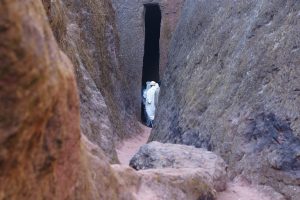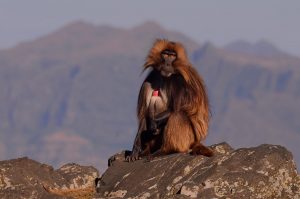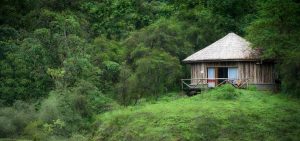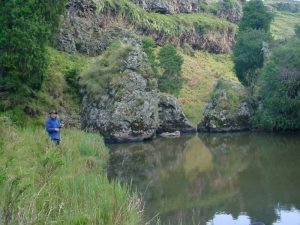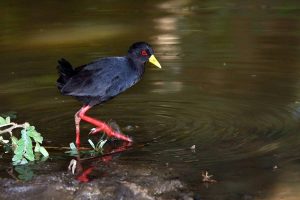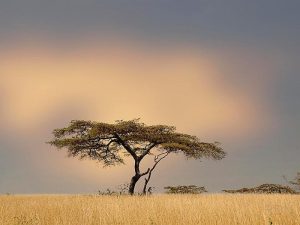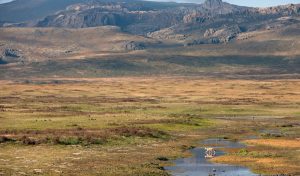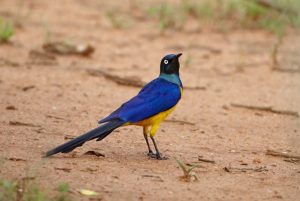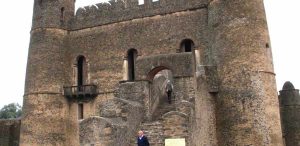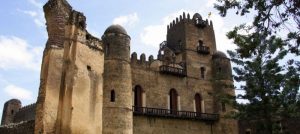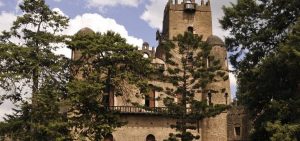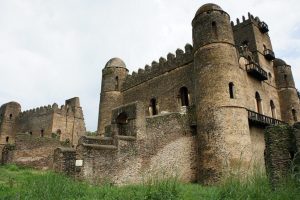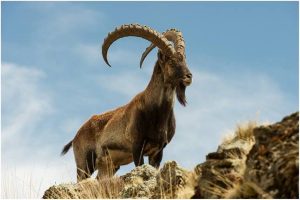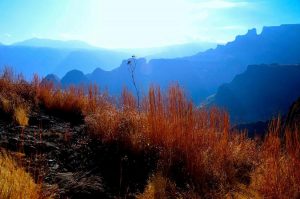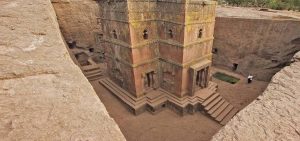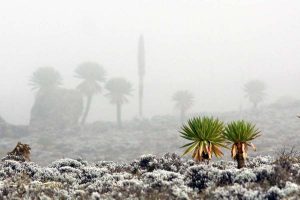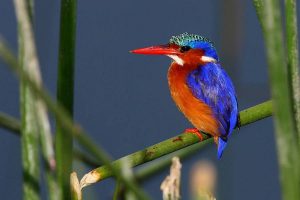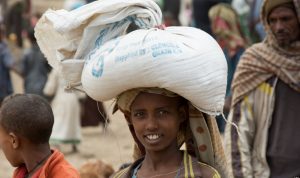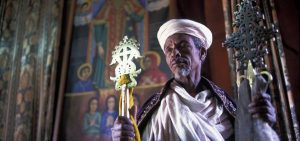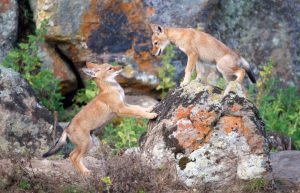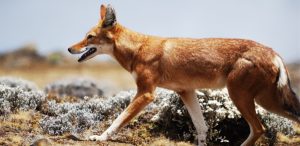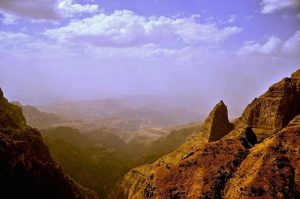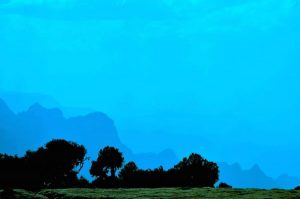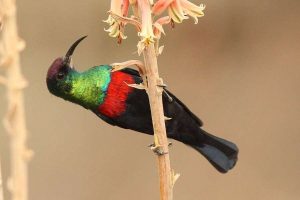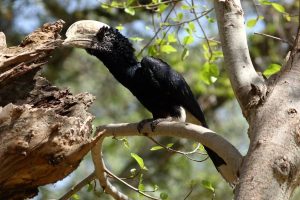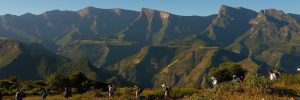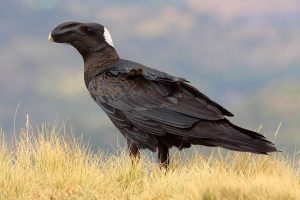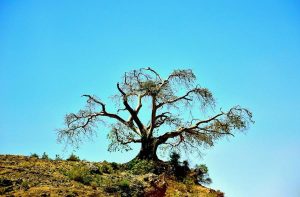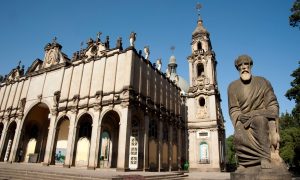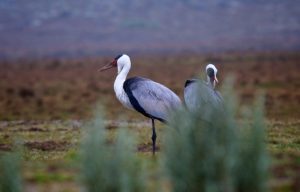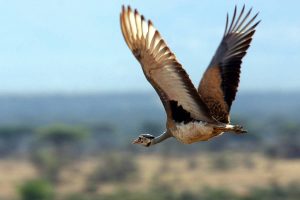Essential Trip Information
When is best :-The Ethiopian Tourist Board proudly promotes their slogan “13 months of sunshine” to anyone who will listen, but they are not far off the mark. Although this tour is available year round the rainy season in the North is in July and August, but whilst that might stop you attempting a multi-day trek in the Simien Mountains, it won’t really affect you if you are planning on touring the Northern Historical route. The best time to visit the North is in autumn, after the rains when the mountains are full of lush green and the views are unimpeded by haze. The Bale Mountains can be very wet from April to June (the peak rainy season).
When to go —September — June
Visas: – All nationalities require a visa for Ethiopia which can be obtained before departure or on arrival (at a cost of USD50).
Upon request we arrange visas for our travellers, or if an invitation letter is necessary then we will arrange this for you.
Vaccination: –There are no mandatory vaccination requirement for this trip.
Accommodation details: All accommodation throughout this tour is 3-4 star (comfortable hotels with en-suite facilities and Lodges ( based on twin sharing.)
Transport: We will be using a Coaster buses , mini buses or 4WD Toyota land cruiser depending on the condition of the road and the size of the group. The distance covered are fairly large.
Foods :All breakfasts
Hotel meals are generally good and full of variety. Local dishes tend to be very good if you like hot, spicy food although milder versions can be requested. Local food is traditionally eaten with the hands. The sour bread known as injera is used as a scoop for the casserole dishes known as wat.
Private groups: The adventures featured in our itinerary are just a starting point for many of our private group travellers. Working closely with our Groups Department we can organize custom designed itineraries for groups of friends, clubs, charity’s, schools or even work colleagues. Our team will assist you with all aspects of your private group adventure from itinerary design to group flights. For group traveller pledge considerable discount.
Customized tours: On request, this tour can be customized for small groups.
Proceeding / additional days: It’s no problem to add days before or after the expedition and we’ll book these for you. If you bring more time, you could do day trips from Addis or take an extension tour
Please note that if your international flights are booked on Ethiopian Airlines, you will get considerable discount in your internal airfare.
Group booking discount: If at least 5 people together book this trip, 6% discount is given.
Please remember that all See Ethiopia tour prices mean NO hidden extras, NO local payments.
TIPPING : Gratuities for all services are included in the cost of your trip. Although not compulsory, if you feel your have received outstanding services throughout your trip, you may also consider tipping your leader and crew (if applicable) as these are not included. The amount is entirely a personal preference; however as a guideline USD2 to USD3 per person, per day can be used. Of course you are free to tip more or less as you see fit, depending on your perception of service quality and the length of your trip. Remember, a tip is not compulsory and should only be given when you receive excellent service.
Physical Requirements
Moderate to Strenuous
This adventure is suited for fit, healthy guests who will not be limited by mobility restrictions or altitude. Travelers must be able to participate in physical activity, including hikes and walks that take place between 3,500 and 4400 M above sea level. The lowest altitude on the trip is approximately 760 m, with the highest point at or above approximately 4400. We highly recommend arriving in Addis Ababa, which sits at 2500 M , at least one day early in order to acclimate to the elevation and be ready to participate in all activities. Ideally, guests should be able to walk at these altitudes for at least two to three miles on both level trails and steep but even trails, as well as on rough terrain, at a leisurely pace for two to three hours. We can offer drives in some locations that will access wildlife viewing areas for guests who prefer not to trek the longer distances.
Participants should be prepared for some bumpy rides in 4×4 vehicles, which are not typically designed as well for rugged terrain as 4×4 custom vehicles used for safaris in other areas of Africa. Our longest drive is not more than 4—5 hours. We will still be able to make stops for guests who are comfortable using a private spot behind a bush. Guests must be able to climb into and out of 4×4 vehicles unaided. They must also be able to negotiate steep, uneven steps without handrails, especially in Lalibela. In Lalibela, some of the churches lie almost completely concealed within deep trenches, while others hide in the open mouths of quarried caves. Touring the churches involves easy climbing over rocks and maneuvering through a maze of tunnels. Travelers with a sense of adventure and willingness to be flexibile will get the most enjoyment out of this distinctive adventure.
This itinerary surveys the Ethiopian Highlands, often called the “Roof of Africa,” comprising the largest continuous area at this altitude on the African continent. Rather than focusing primarily on Ethiopia’s cultural history and popular festivals, as many trips do, we concentrate on its natural history and unique wildlife, exploring by vehicle and on foot during the country’s dry season. Wildlife viewing happens at high altitudes, typically ranging between 2100 and 4620 M , in habitats where endemic plant and animal species thrive. Most activities involve walking or light hiking to access scenery and key wildlife viewing areas. While not a typical African wildlife safari, our Ethiopia adventure offers frequent sightings of the rare and endangered Ethiopian wolf, photogenic gelada baboons, walia ibex, and other species not seen elsewhere, in the context of stunning scenery. Ethiopia’s national parks tend to border farming areas and are generally closer to civilization than many other African nature reserves, but we have included one of the few opportunities to visit Bale Mountains National Park, one of Ethiopia’s largest continuous wilderness areas visited by very few tourists. We will also sample iconic cultural heritage sites such as the churches of Lalibela and the castles of Gondar.


